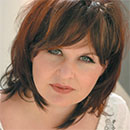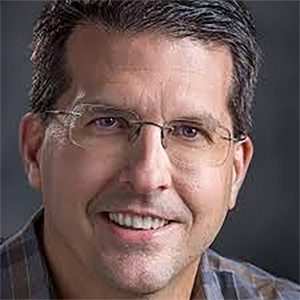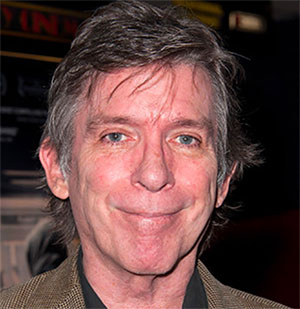Entertainment
/ArcaMax
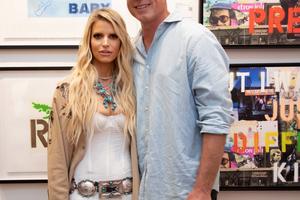
Jessica Simpson and Eric Johnson 'separated for a while'
Jessica Simpson and Eric Johnson have been "separated for a while".
The 44-year-old star announced her split from her husband of 10 years on Tuesday (14.01.25), explaining that they've been "navigating a painful situation", and now it's been claimed that the exes - who have Maxi, 12, Ace, 11, and Birdie, five, together - went their separate ...Read more

Christina Applegate blasts people saying wildfires are 'good' for 'those stupid LA people'
Christina Applegate has called out the "real sick" people saying the Los Angeles wildfires are what "those stupid Hollywood people" deserve.
The 53-year-old actress and her daughter Sadie, 13, were among those forced to evacuate their homes amid the disaster - which has claimed the lives of at least 25 people and caused destruction in several ...Read more
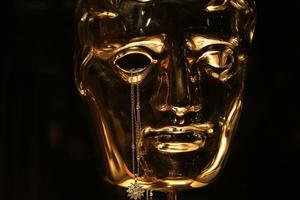
Conclave leads BAFTAs with 12 nominations, including Best Actor for star Ralph Fiennes
'Conclave' leads the 2025 BAFTA Awards with 12 nominations.
The papal thriller - which stars Ralph Fiennes as a clergyman responsible for the selection of the next Pope of the Catholic Church - has nominations in the major categories, including Best Film, Best Actor for Fiennes, Best Director for Edward Berger and Best Supporting Actress for ...Read more
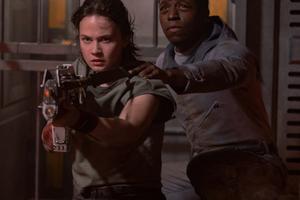
Fede Alvarez will explore 'uncharted waters' in Alien: Romulus sequel
'Alien: Romulus' director Fede Alvarez has teased he will "go into uncharted waters" on the sequel.
The 46-year-old filmmaker is currently penning the script for the follow-up to his 2024 sci-fi horror flick with co-writer Rodo Sayagues and has revealed that he might be taking the story for his next 'Alien' movie in a bold, new direction.
...Read more
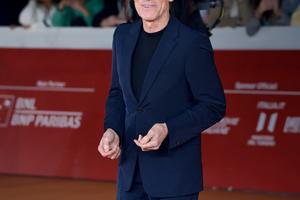
Willem Dafoe: Antichrist is misunderstood
Willem Dafoe thinks 'Antichrist' is misunderstood by audiences.
The 69-year-old actor starred opposite Charlotte Gainsbourg in Lars von Trier's 2009 horror film - which tells the story of a couple grieving after the death of their child and features an infamous genital mutilation scene - and thinks it gets "misidentified" by viewers.
Dafoe ...Read more
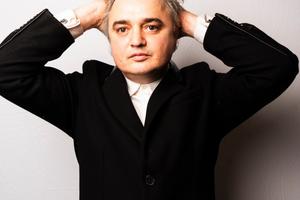
Peter Doherty is releasing new album 'Felt Better Alive'
Peter Doherty is releasing new album 'Felt Better Alive'.
The Libertines rocker, 45, is putting out the record through Strap Originals on 16 May, marking his first solo album in nine years.
A press release for the record said its first single, out on Wednesday (15.01.25), is the record's "glorious rambunctious title track", also titled 'Felt ...Read more
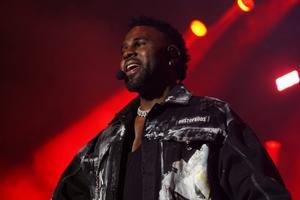
Jason Derulo couldn't remember other musicians' lyrics when he started out trying to sing their tunes
Jason Derulo got used to freestyling as he couldn't remember other musicians' lyrics when he started out trying to sing their tunes.
The 'Whatcha Say' singer, 35, has sold more than 250 million singles worldwide and has achieved 14 platinum singles in the US - but has now admitted to one of his biggest flaws when it came to trying to perform ...Read more
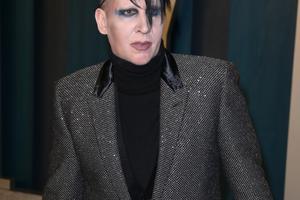
Marilyn Manson has had 'quite a transformation' since his 2021 sex scandal erupted
Marilyn Manson has had "quite a transformation" since being accused of abuse, the director of a new documentary on the shock rocker's sex scandal has declared.
The singer, 56, was hit by a string of allegations from 2021, when his actress ex- partner Evan Rachel Wood, 37, alleged he subjected her to grooming, abuse and manipulation - sparking a...Read more
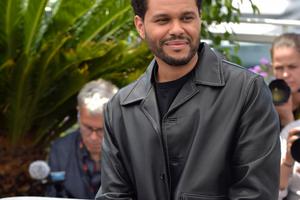
The Weeknd pushes back release of new album out of 'respect' for LA wildfires victims
The Weeknd has pushed back the release of his new album 'Hurry Up Tomorrow' out of "respect and concern" for victims of the killer LA wildfires.
The singer, 34, was due to put out the record on 24 January and perform at Los Angeles' Rose Bowl a day later, but as the death toll continues to climb from the blazes that have devastated Southern ...Read more
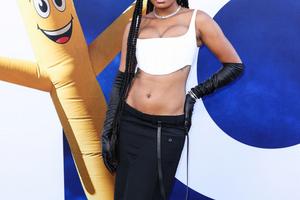
Former child star Keke Palmer admits she felt outcast as a Black girl
Keke Palmer felt her career was limited as a child star because of her ethnicity.
The 31-year-old actress grew to prominence playing the title character in the Nickelodeon sitcom 'True Jackson, VP' in 2008, before providing the voice of Aisha in the network's revival of 'Winx Club' and leading the cast of the television film 'Rags'.
However, ...Read more
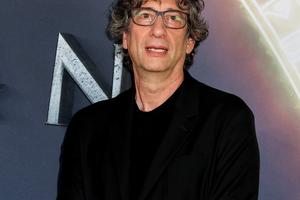
Neil Gaiman denies 'ever' engaging in 'non-consensual sexual activity' as he faces more sex assault allegations
Neil Gaiman has profusely denied the multiple sexual assault allegations he is facing - insisting they "emphatically did not happen".
The best-selling 'Sandman', 'Good Omens' and 'Coraline' fantasy writer, 64, was first accused of sexual assault in July 2023 - when British podcast Master posted six episodes centred on sexual assault allegations...Read more

Rebecca Black recalls feeling 'crushed' by celebrities at the height of fame
Rebecca Black felt "crushed" when other celebrities made fun of her at the start of her career.
The 27-year-old singer became suddenly known around the world in 2011 with her track 'Friday' - which her mother had paid the now-defunct ARK Music Factory $4,000 to write and also film an accompanying music video - but struggled with the negative ...Read more

Mel B's daughter Phoenix Brown opens up about struggles of being a 'nepo baby'
Mel B's daughter Phoenix Brown didn't know who to trust when she was at school.
The 25-year-old influencer - who is the daughter of Spice Girl Mel and her ex-husband Jimmy Gulzar - never felt as if she could turn to anyone for advice as the child of a famous person and always wondered whether her classmates were interested in her or her mother....Read more

Mia McKennra-Bruce starring in The Cry of the Guard
Mia McKenna-Bruce has joined the cast of 'The Cry of the Guard'.
The 27-year-old actress - who won the BAFTA Rising Star Award last year - has replaced Riley Keough as one of the leads in the film from French director Claire Denis.
The story is set over one night near a vast construction site in Senegal, where a group of workers are confronted...Read more

Avengers: Secret Wars co-director Anthony Russo rejected the movie at first
Anthony Russo initially turned down the idea of directing 'Avengers: Secret Wars'.
The filmmaker is returning to the Marvel Cinematic Universe (MCU) with his directing brother Joe Russo and screenwriter Steven McFeely for 'Avengers: Doomsday' and its sequel 'Avengers: Secret Wars', though Joe has revealed Anthony initially wasn't a fan of the ...Read more
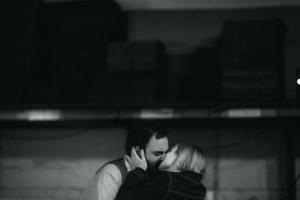
Review: The best part of this 'Uncle Vanya' is the cast, not the staging in a factory
CHICAGO — I wonder what Anton Chekhov would have thought about his “Uncle Vanya” being performed inside a factory that manufactures titanium anodizing racks — a venue that is a proud member of the International Hard Anodizing Association, as distinct from, say, the League of Chicago Theatres.
No doubt he’d have been pleased to think ...Read more
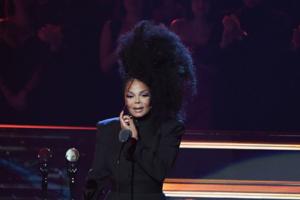
Janet Jackson extends Las Vegas run at Resorts World
LAS VEGAS — Janet Jackson is ramping up her residency at RWLV.
The recording superstar has added six shows to her series at Resorts World Theatre, running May 21, 24, 25, 28, 30 and 31. (Tickets are on sale 10 am. PT Friday at AXS.com; presale is available at register.aegpresents.com/lasvegas/janet-jackson-2025-presale-registration.)
Jackson...Read more

Julia Stiles remembers 'bright light' Heath Ledger more than 15 years on from his tragic death
Julia Stiles has remembered Heath Ledger as being "very kind and generous" towards her.
The 43-year-old actress starred alongside tragic Heath - who died on 22 January 2008 at the age of 28 following an accidental overdose - in the 1999 comedy '10 Thing I Hate About You' and recalled how "comfortable" he made her feel in those early days of her...Read more
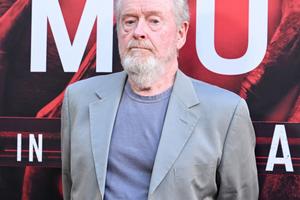
Ridley Scott has set aside Bee Gees biopic after 'changing goalposts'
Sir Ridley Scott claims his Bee Gees biopic has been set aside after Paramount Pictures "charged the goalposts".
The 87-year-old filmmaker has been attached to the film exploring the life and career of the 'Stayin' Alive' hitmakers, but despite being "scheduled to begin shooting in early 2025", the project has now stalled.
Scott told GQ ...Read more
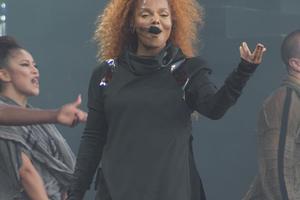
Janet Jackson extends Las Vegas residency
Janet Jackson has extended her Las Vegas residency.
The 'Scream' hitmaker kicked off her 10-night stint at Resorts World Las Vegas on December 30 and was due to wrap the run on February 15.
Now, she's added six more dates on May 21, 24, 25, 28, 30 and 31.
Tickets for these shows will go on sale on Friday (17.01.25) at 10am local time.
Bobby ...Read more
Inside Entertainment News
Popular Stories
- Snoop Dogg and Sir Paul McCartney 'have a mutual appreciation'
- The SoCal fires are yet another devastating hit to Hollywood's behind-the-scenes workers
- Mandy Moore living with Hilary Duff after destruction to home in LA fires
- Hoda Kotb shares her one wish for whoever replaces her on The Today Show and issues them a warning
- Brooke Shields: I only accept work that serves me

